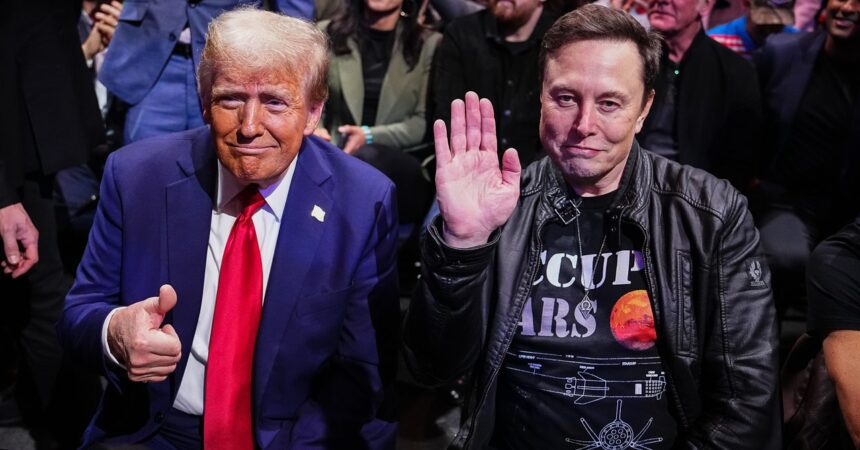According to the executive order, teams known as DOGE, which typically comprise a DOGE Team Lead, an engineer, a human resources specialist, and a legal advisor, will be allocated to various federal agencies. They will be allowed “access to all unclassified agency records, software systems, and IT systems,” presumably aimed at enhancing data sharing capabilities among government agencies.
A former employee of the US Digital Service (USDS), who spoke to WIRED on the condition of anonymity, described the reorganization of the Digital Service as an “A+ bureaucratic jiu-jitsu move.” However, they expressed concern that DOGE’s access to sensitive information might be leveraged for purposes beyond merely improving government operations.
“Is this technical expertise going to be directed towards utilizing data from the federal government to locate political opponents?” they questioned. “To identify specific populations of interest to this administration for the aim of targeting or singling them out, or for whatever other purposes it could serve?”
Got a Tip?
Are you currently or previously associated with the US Digital Service or any affected government agency related to DOGE? We’d like to hear from you. Using a non-work phone or computer, please reach out to Vittoria Elliott at vittoria_elliott@wired.com or confidentially at velliott88.18 on Signal.
It seems that DOGE’s initial mandate is to eliminate personnel in agencies that may resist the Trump administration’s objectives, starting with current USDS staff, and to onboard new recruits.
“DOGE teams include a legal advisor, an HR director, and an engineer. If the goal is to identify positions to cut or individuals to let go, having an HR director and a lawyer present to clarify what actions are permissible could facilitate that process,” stated Don Moynihan, a public policy professor at the University of Michigan, who noted that DOGE’s potential access to federal employee data could place individuals at “some level of risk for termination.”
When Elon Musk took control of Twitter, he enlisted assistance from his close associates and people from his other enterprises to transform the platform, and he seems to be repeating this approach now.
The composition of the DOGE is a complicated matter, as there are technically two distinct DOGEs. The first is the restructured permanent framework known as the US DOGE Service, while the second is a temporary setup, set to dissolve by July 4, 2026. Establishing this temporary entity allows it to function under a unique set of regulations. This means it can isolate employees from other governmental sectors and can also recruit individuals willing to serve in a governmental capacity as volunteers. Additionally, temporary organizations can hire what are termed special government employees—specialists in specific fields who can bypass the regular federal recruitment protocols. They are also not held to the same transparency obligations as other government staff.
In an ideal situation, this arrangement could empower DOGE to efficiently tackle challenges, expedite the acquisition of essential talent, and create systems that enhance the interdepartmental flow of information and data. However, in a less favorable scenario, it could lead to decreased transparency regarding the interests of those involved in significant government projects while potentially facilitating surveillance activities.










